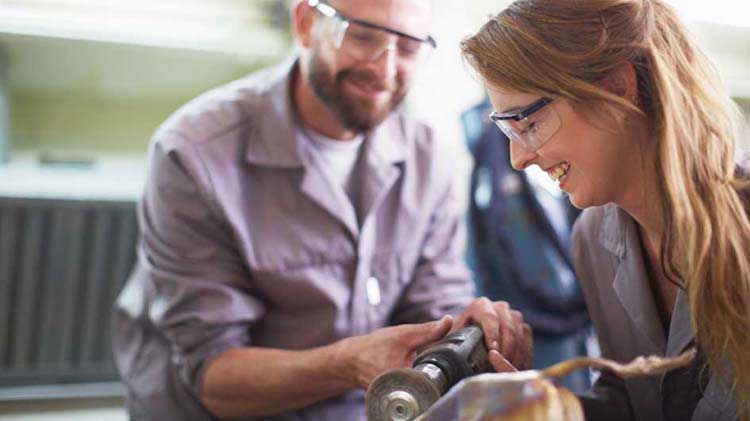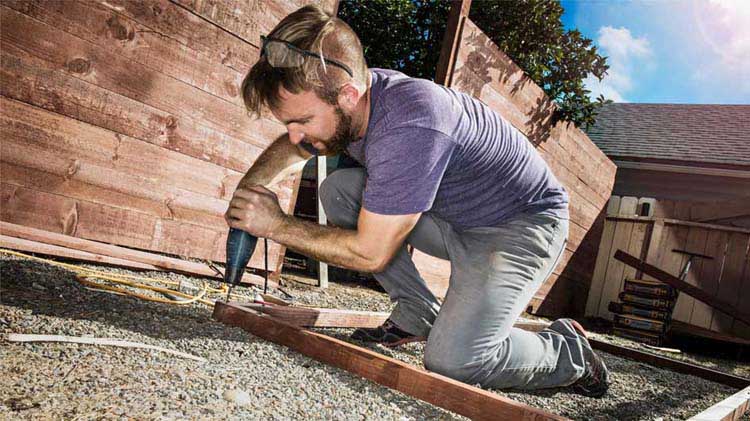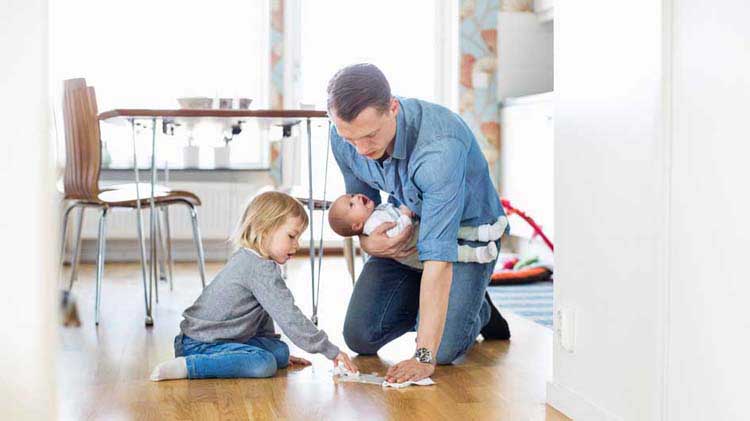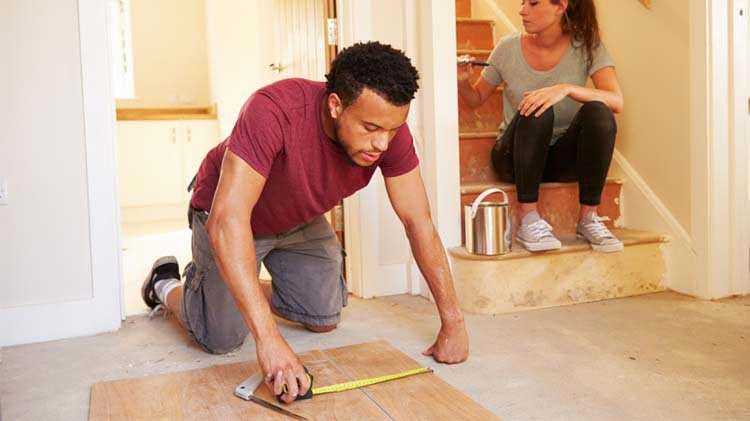The importance of safety glasses and when to wear them
Eye injuries are all too common in the workplace and at home. Learn about the different types and features that can help increase your safety.
Eye protection can be something we associate with school labs or professions that deal with potentially dangerous equipment or chemicals. However, 125,000 Americans injure their eyes at home each year with household products, so it's important to know how to protect your eyes in several situations that occur not only at work, but around the house and at play as well. Nearly 90% of all eye injuries might be preventable with protective eyewear.
Types of eye protection
- Eyeglasses - The glasses you wear every day may not be adequate protection. If you need them, purchase safety goggles that fit over your frames or use prescription safety glasses.
- Safety glasses - Protection for tasks such as sawing, hammering and drilling.
- Safety goggles - More coverage shields against dust, liquids, optical radiation or high-heat hazards.
Protective eyewear features
Whether you’re wearing protective eyewear at home or safety glasses for work, here are some important tips:
- A Z87+ rating on the frame - This rating indicates the frame meets standards set by the American National Standards Institute. The plus mark indicates approval for use in high-impact situations.
- Comfortable and adjustable frame - Adjustable construction allows for customization for the right fit.
- Protective polycarbonate eyewear - The durable lenses are lightweight and help shield the eyes from impact hazards such as flying fragments or particles.
- Little to no gaps at the hinges - The bigger the gap, the more exposure to hazards.
When to wear your safety glasses
- Work - If your job primarily involves auto repair, carpentry, construction, driving, electrical work, healthcare, laboratory, janitorial, manufacturing, plumbing or welding, eye protection is important. Nearly 2,000 Americans suffer workplace eye injuries that require medical treatment each day.
- Home - Wear protective eyewear when making repairs and improvements around the house, working in the yard, cooking foods with grease or grilling over an open flame, cleaning with strong chemicals, making car repairs, performing home maintenance or using bungee cords to secure heavy loads.
- Play - Keep sports fun and help avoid eye injuries. Try safety glasses with anti-reflective coating for outdoor activities such as hunting, shooting or fishing. Eye guards made of polycarbonate generally provide UV protection and are thinner, shatterproof and lighter. Purchase goggles custom-made for athletics and use an elastic band to help keep eyewear in place. More than 25,000 children and adults suffer eye injuries during sports every year.





